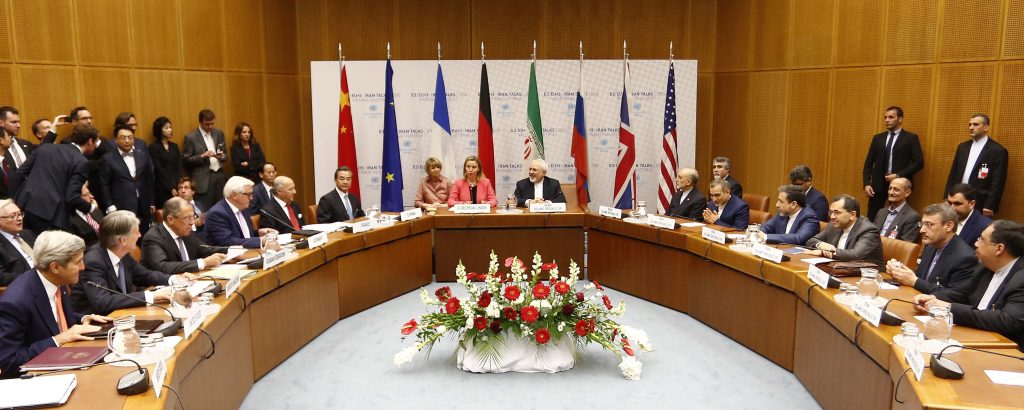
In the summer of 2025, the United States and Israel launched some of the most advanced bunker-busting raids ever, targeting Iran’s most hardened nuclear facilities. The operations, meant to cripple Tehran’s enrichment capabilities, were hailed in Washington and Jerusalem as a decisive blow. Just months later, fresh satellite imagery tells a more complex story: activity is stirring again beneath Iran’s mountains.
The lapse of the 2015 JCPOA last October 18 took away the world’s last formal framework for monitoring Iran’s nuclear development. With Iran’s suspension of IAEA access in place, the world is now left to interpret a patchwork of satellite photos, intelligence leaks, and official statements to estimate Iran’s intent. The evidence points to a mix of reconstruction, concealment, and strategic signaling.
What follows are nine critical developments drawn from imagery analysis, field intelligence, and diplomatic reporting that illuminate the state of Iran’s nuclear program and the geopolitical stakes ahead.
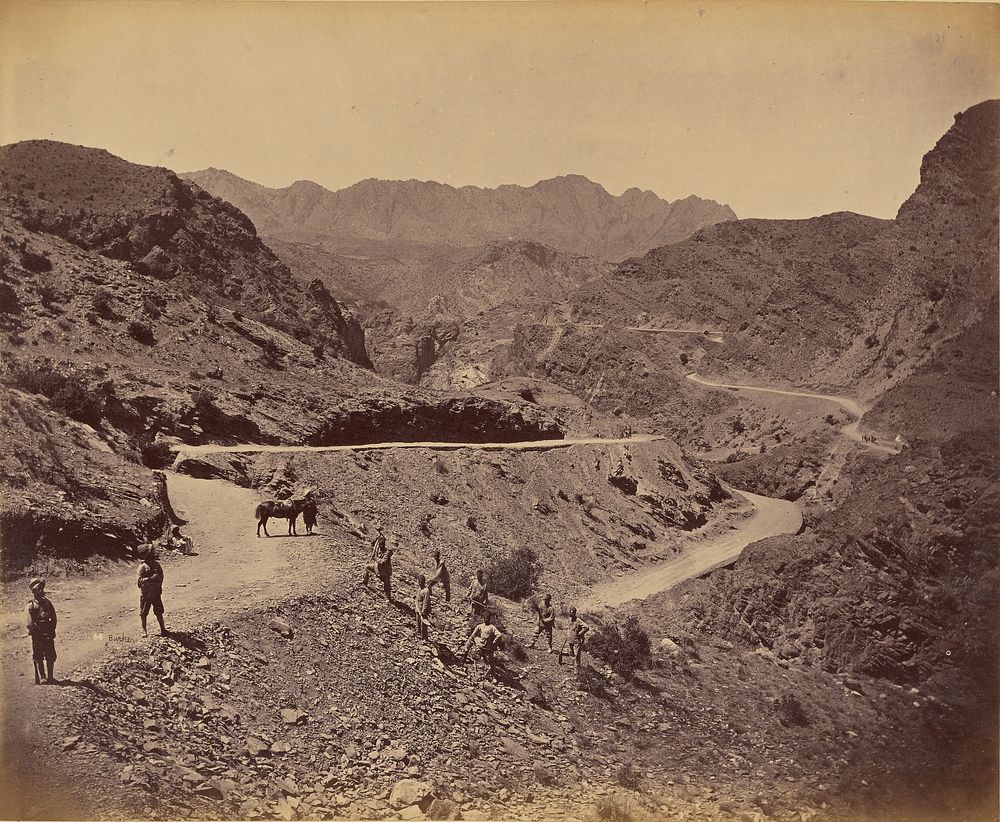
1. Accelerated Construction at Pickaxe Mountain
Satellite images reviewed by the Center for Strategic and International Studies show accelerated work at the underground facility beneath Mt. Kolang Gaz-La, nicknamed Pickaxe Mountain, just a mile south of Natanz. Beginning in June, Iran finished a perimeter wall, started work on a secondary fence, and lengthened several tunnel entrances. Analysts caution that the site is not operational yet, but its hardened design featuring multiple entrances and the possibility for deep underground halls could accommodate centrifuge assembly or even clandestine enrichment. The double-perimeter security and patrolled access roads indicate high-value operations in preparation.
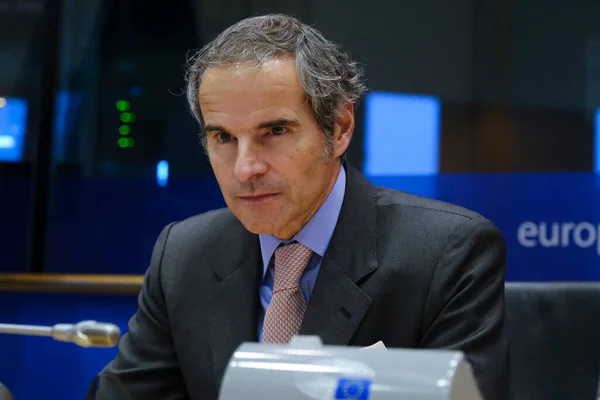
2. The Fate of 400 Kilograms of Highly Enriched Uranium
Several reports, including from IAEA Director General Rafael Grossi, confirm that Iran possesses some 400 kg of uranium enriched to 60 percent-potentially sufficient for 9–10 nuclear weapons if taken to weapons-grade. According to an unnamed Iranian official quoted by Reuters in June, the bulk of this material was transferred prior to the strikes. Its current whereabouts are not known, which adds to proliferation risks. Together with any hidden centrifuge capacity, this material could shrink Iran’s breakout time to just days.
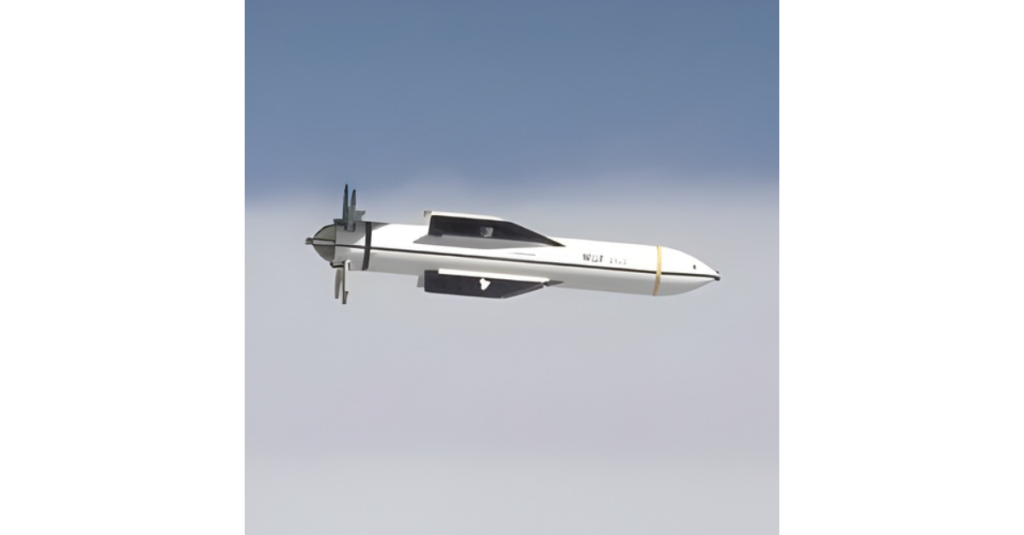
3. Uncertain Status of Fordow after Massive Ordnance Penetrators
The Fordow Fuel Enrichment Plant, buried 80–100 meters under rock, was struck with GBU-57 Massive Ordnance Penetrators during Operation Midnight Hammer. U.S. Chairman of the Joint Chiefs Gen. Dan Caine described “extremely severe damage,” but Israeli officials suggested some infrastructure may remain usable. Sealed tunnel entrances and pre-strike defensive measures hint Tehran anticipated the attack. Whether centrifuge halls at Fordow are beyond repair remains a key unknown for future enrichment capability.

4. Isfahan’s Underground Enigma
The Isfahan Nuclear Technology Center was heavily damaged on the surface, while an underground facility northeast from the main complex still looks intact. Grossi revealed last June that Iran was constructing a third enrichment site close to Isfahan; analysts believe this may be it. One of its two portals had been sealed up before the strikes, seemingly to protect sensitive equipment inside. If functional, this could host the relocated 60 percent stockpile for enrichment, circumventing destroyed facilities.

5. Loss of Tacit Knowledge through Targeted Killings
Israeli strikes in June killed at least 14 senior nuclear scientists, said Ambassador Joshua Zarka. They had irreparable tacit knowledge regarding centrifuge engineering, uranium conversion, and systems integration that took years to develop. The loss of their expertise would impede the velocity of any rapid rebuild. However, Iran has always managed to recruit and train replacements for missing personnel, but given the current internal security purges, this is likely to be more difficult.

6. Strategic Opacity after JCPOA Expiration
With the JCPOA expired and IAEA inspectors expelled, Iran’s nuclear program has entered a phase of deliberate opacity. In the absence of on-the-ground verification, there are growing gaps in accounting for nuclear materials and equipment, raising the risk of miscalculation. As one CSIS report cautioned, Tehran could now “rebuild key parts of its nuclear program in secret,” shielded from the transparency that previously deterred overt weaponization.
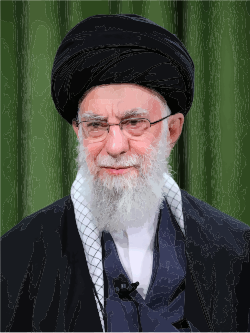
7. The Enrichment Rights Deadlock
Negotiations remain stalled over whether Iran can retain any enrichment capability. U.S. Special Envoy Steve Witkoff first floated a monitored, limited program, but domestic and Israeli pressure has pushed Washington toward a zero-enrichment stance. Iranian leaders, while invoking Article IV of the NPT, say enrichment is a matter of a sovereign right. Supreme Leader Ali Khamenei has called zero enrichment a red line, framing it as essential for energy independence and strategic leverage.
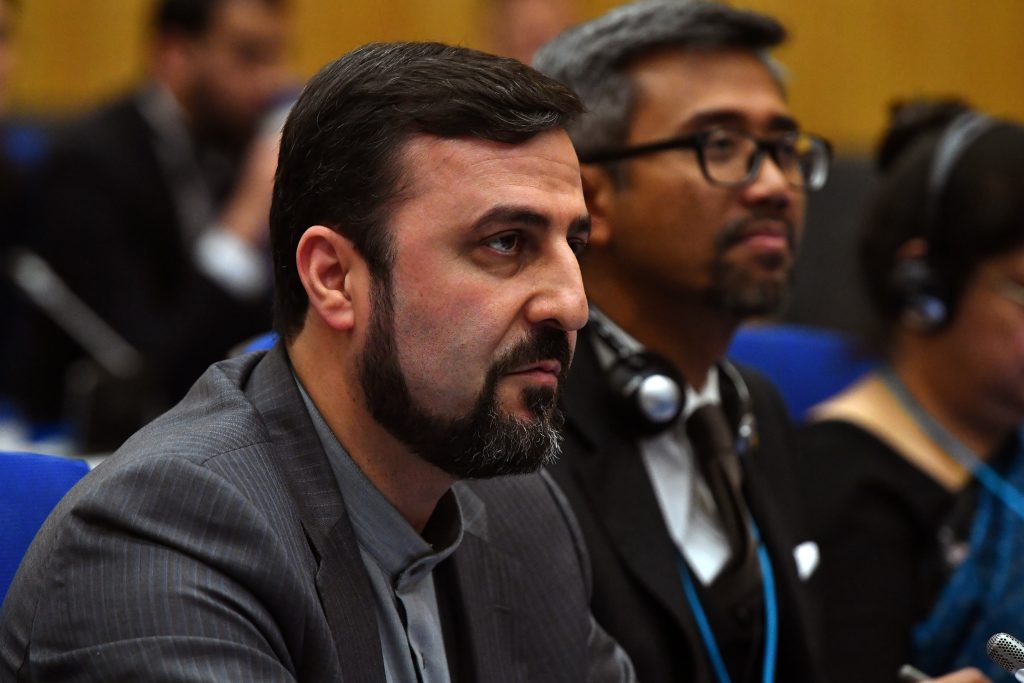
8. Risk of NPT Withdrawal
Iranian officials, including Deputy Foreign Minister Kazem Gharibabadi, have threatened to withdraw from the Nuclear Non-Proliferation Treaty. Article X provides a legal path to withdrawal that Tehran could invoke based on the extraordinary threat to national security represented by the June strikes. The last remaining legal restraint on safeguards would thus be eliminated, and clandestine weaponization would be more difficult to detect, with a potential regional proliferation cascade, since Saudi Arabia has made clear it would match any Iranian bomb.
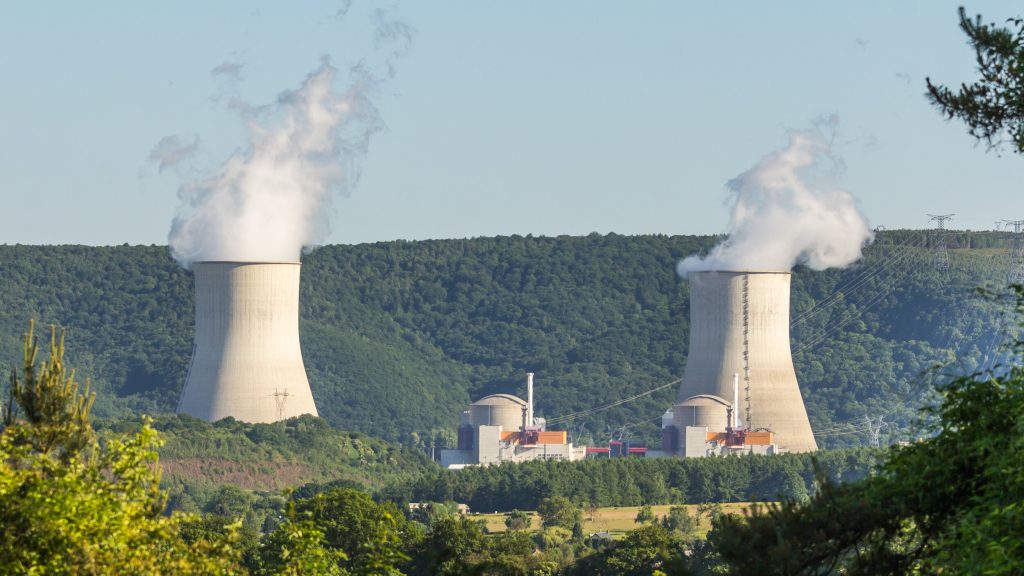
9. Intelligence and Covert Action as Deterrents
The precision of the June strikes underlined the deep penetration of Iran’s security apparatus by Israeli and U.S. intelligence. More than 700 alleged spies were arrested in Iran after the attacks, and two men accused of meeting Mossad agents were executed. A perception that any rebuild would be swiftly detected and possibly sabotaged might weigh heavily on Tehran’s calculus, even as hardliners push for a nuclear deterrent. These satellite images and intelligence leaks create a picture of a nuclear program damaged, but very much not dismantled.
Hardened underground sites, like Pickaxe Mountain and the suspected Isfahan facility, could form the backbone of a covert rebuild, especially if combined with Iran’s unaccounted-for enriched uranium. The loss of scientific expertise, risks of further strikes, and threats of deeper isolation further complicate the way forward for Tehran. Policymakers are faced with the challenge to close intelligence gaps, maintain credible deterrence, and-if possible-reopen diplomatic channels before this nuclear standoff begins its next phase.


